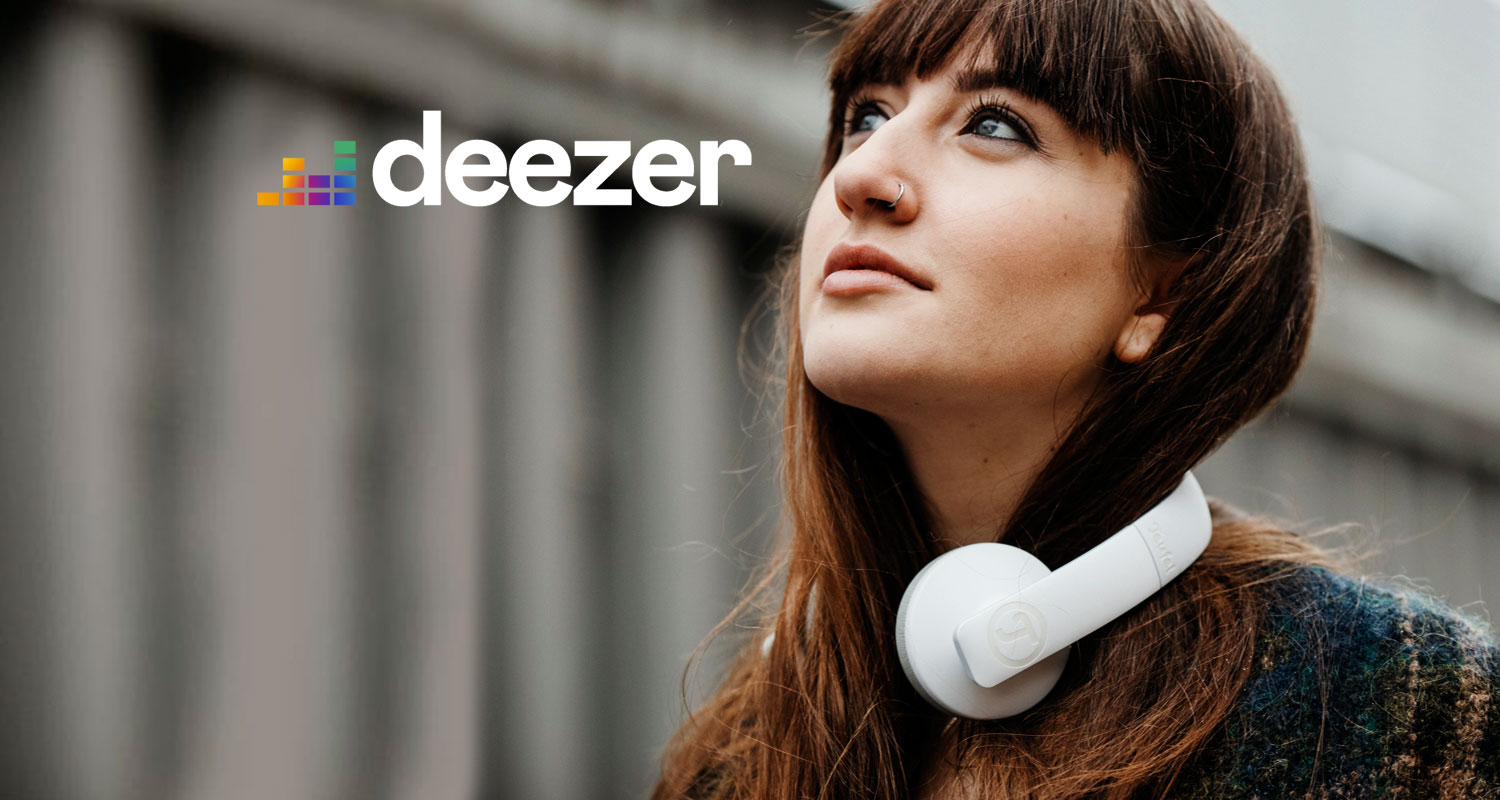HDR is one the most important home cinema trends and Dolby Vision is tightly connected. Surprisingly, with Dolby Vision it’s not about the sound but the imagine quality. The abbreviation stands for “High Dynamic Range” and describes an image with particularly high contrast values. We explain exactly what the connection is to Dolby’s sound experts.
What HDR means for televisions
An HDR-capable television achieves significantly higher contrast values than conventional LCD sets. How this is expressed can be well explained by the example of a solar eclipse that is transmitted on TV: With HDR-TV, the moon, which has pushed itself in front of the sun, appears as a completely black disc. In contrast, the corona, the bright ring of rays, shines all the more intensely. HDR-TV comes visibly closer to the brightness values of nature. So how does Dolby Vision relate to HDR?
The presentation of HDR via Dolby Vision

Dolby Vision is a picture optimization developed for HDR-TV. The special feature is that image data and the television set are continuously adapted or calibrated using dynamic metadata. In concrete terms, this means that contrast values and colour saturation change picture by picture. The Californians follow a similar principle as with the Dolby sound formats Dolby Digital and Dolby True HD: The image should be delivered exactly as the filmmaker intended it to be. After all, not all HDR-capable televisions are calibrated exactly the same and some like to reproduce light effects in a somewhat exaggerated way. The Dolby solution compensates for this “over-optimization”.
An alternative to Dolby
The alternative to the Dolby standard is the open format HDR10 or the further development HDR10+. While HDR10 does not yet support dynamic data delivery, this is possible with the successor. The image data is specially adapted for individual scenes.
In terms of brightness, Dolby technology with a maximum of 10,000 Nits (unit for luminance) has much more to offer than HDR10. However, the value is not very meaningful, as even TVs with only 1,000 Nits are currently considered HDR-capable. Currently there are no TV sets that reach 4,000 Nits, let alone 10,000 Nits. The brightest televisions reach about 2,000 Nits. By the way, the whole screen never shines with 1,000 Nits or more. Only relatively small objects or image areas with greater luminosity are displayed – such as spotlights or stars.
The battle for the best
Another specification that puts Dolby Vision ahead of HDR10+ is color depth. The Dolby system achieves 12 bits of color depth here, while the competitor achieves 10 bits. However, this advantage does not (yet) come to bear in practice because there are no devices that can display 12 bits.
This video explains the differences between HDR10 and Dolby Vision:
But how does the Dolby Vision sound?
The Californian company is breaking new ground in home cinema with its image optimization technology, because Dolby Vision does not include audio playback data for the home cinema system. It therefore depends on the individual case which Dolby audio format is delivered. Dolby 5.1 and True HD are just as possible as the object-based Dolby Atmos.
The prerequisites for Dolby Vision
For Dolby Vision, the TV must be HDR-ready and able to process the Dolby format. The brightness values of the picture must be controllable in small parts. This is possible, for example, with OLED televisions such as those offered by LG. These generate the image via self-illuminating diodes. In the meantime, a number of manufacturers offer Dolby Vision-enabled devices, also in the medium and low price segment.
An important prerequisite for distribution is that film producers and studios adopt Dolby’s standard and produce content for it. In the meantime, it has become quite clear that the proprietary standard could prevail on the market. Hollywood studios such as Universal, MGM and Warner have positioned themselves accordingly. In addition, the streaming service Netflix has also produced the first series for Dolby Vision with “Marco Polo”. Meanwhile, a whole series of films can be found in the dynamic HDR format. The Ultra HD Blu-ray can store the additional image data on a special data layer. The first films have already been released with Dolby Vision and HDR10+. Since both formats fit on a Blu-ray disc, it could well be that they will continue to exist side by side for some time.
The playback requires a special decoder for Dolby Vision. It can be found on certain Blu-Ray players, as well as the Xbox One X and the Xbox One S.
Note to HDMI: Dolby Viion and also HDR10+ are supported by HDMI 2.10.
Atmos sound from Teufel system
[product id=”18417,18240″]
Just the sound is missing: Dolby Atmos in the Teufel repertoire
Sound that fits the image deliver the 3D sound format Dolby Atmos. Atmos added a new dimension home cinema sound. With our read-to-play home cinema sound you don’t need ceiling speakers for high class sound.
▶ System 4 THX AVR for Dolby Atmos “5.1.2-Set”: THX-Sound meets Dolby Atmos – that can only be good. We have extended our System 4 THX by 2 ceiling speakers. These are simply placed on the satellite speakers and radiate the sound waves to the ceiling. Sound reflections create a breathtakingly realistic sound impression. The system comes ready to play with the Onkyo TX-NR696 A/V receiver.
▶ LT 5 for Dolby Atmos “5.1.4 -Set”: Pillars of good sound – our LT 5 is a surround sound system in a class of its own. The newly developed and Atmos-licensed high-frequency loudspeakers turn it into a 3D sound system. The Atmos loudspeakers are also placed on the satellite here. This system even uses 4 ceiling spotlights. The LT 5 surround speakers are 4 identical 3-way systems with aluminium housings. The set also includes an active sub and the LT centre speaker.
Dolby Vision facts at a glance:
- Dolby Vision is a picture optimization standard for televisions that offers an especially high level of contrast
- The standard requires licensing unlike the competing standard championed by Sony and Samsung, HDR10
- As opposed to HDR10, Dolby Vision uses dynamic meta data to optimally adjust an image’s dynamics throughout the movie
- Dolby Vision has no influence on the sound format used
- Streaming providers like Netflix have been pioneers of this new picture technology
- Not all television manufacturers offer this new standard.
Teufel multi-room loudspeakers
[product id=”30992,30983,31012″]





Leave a Reply